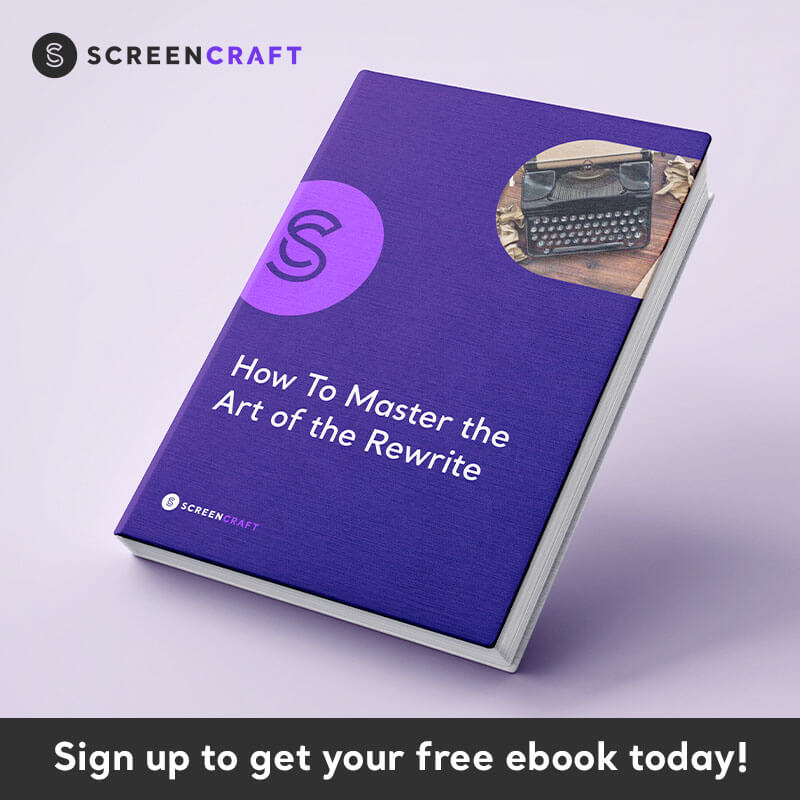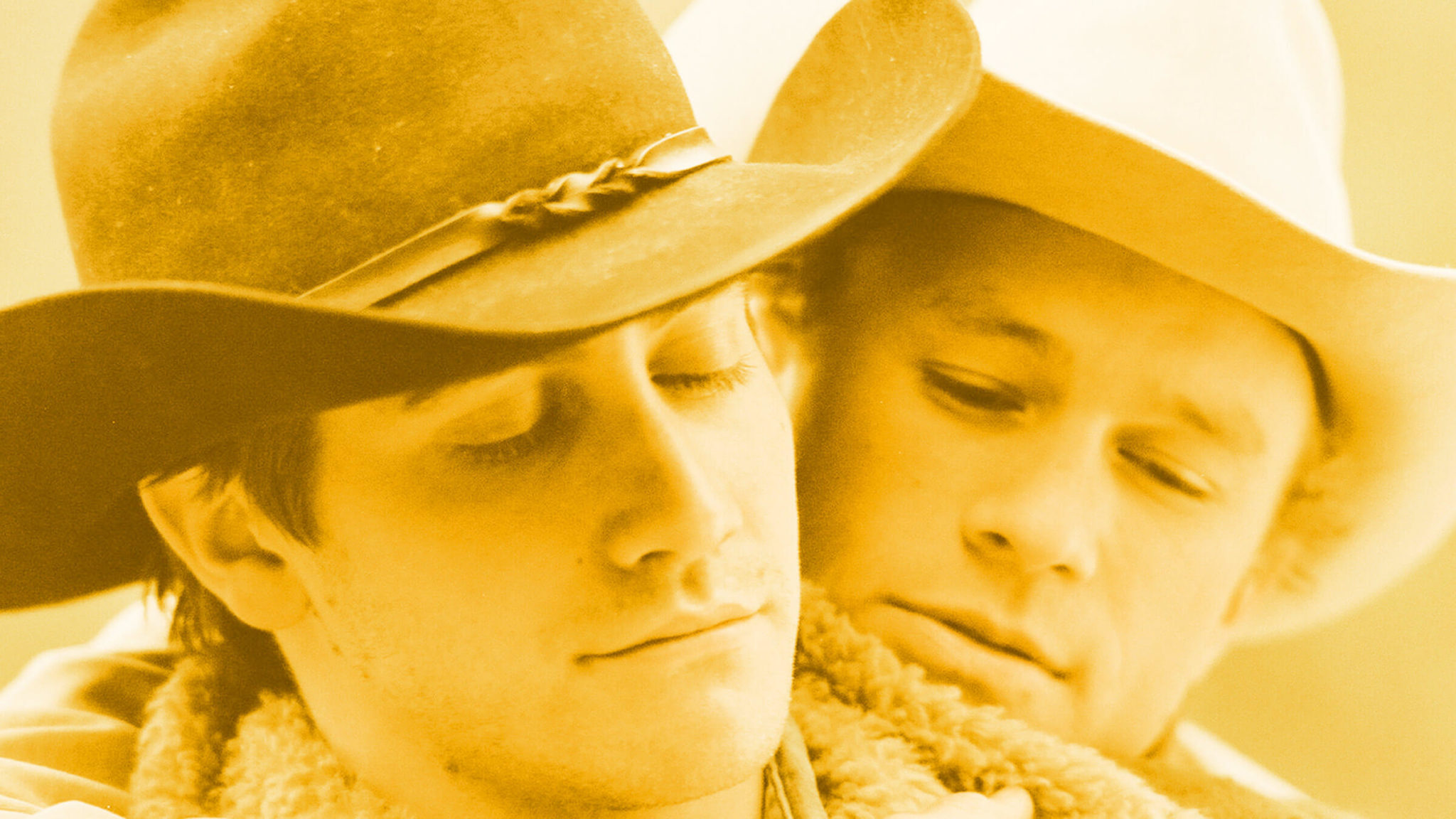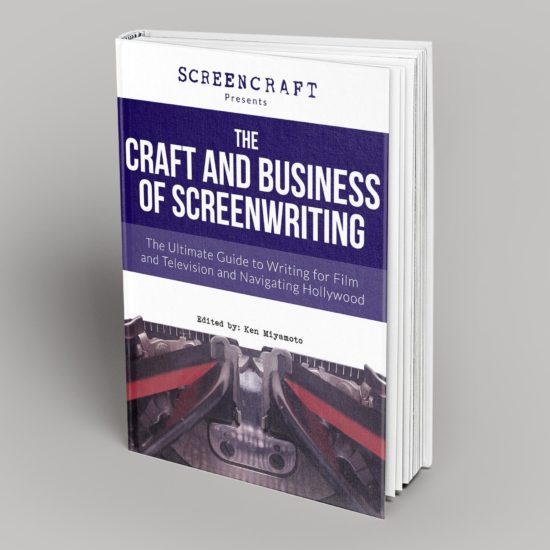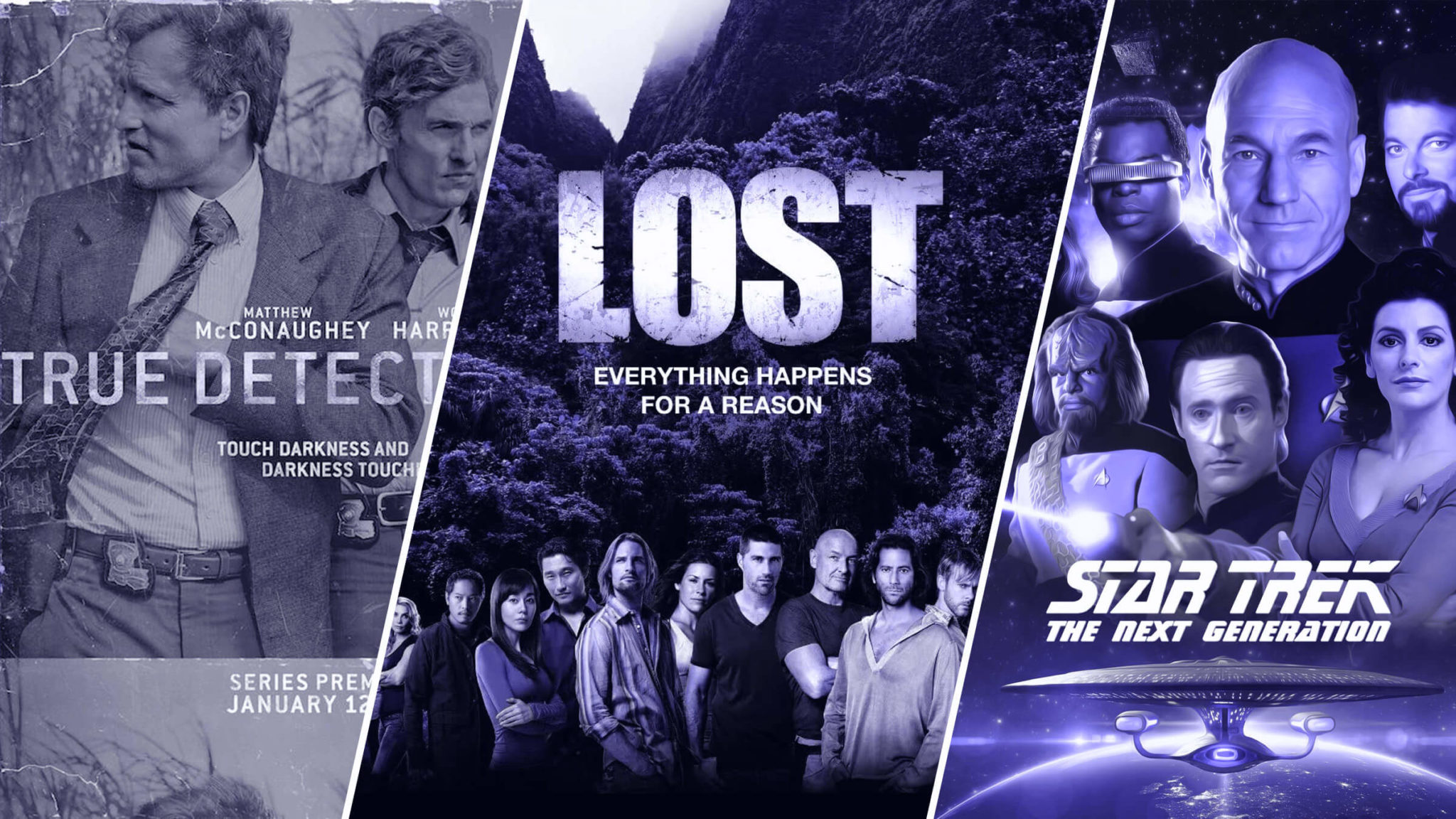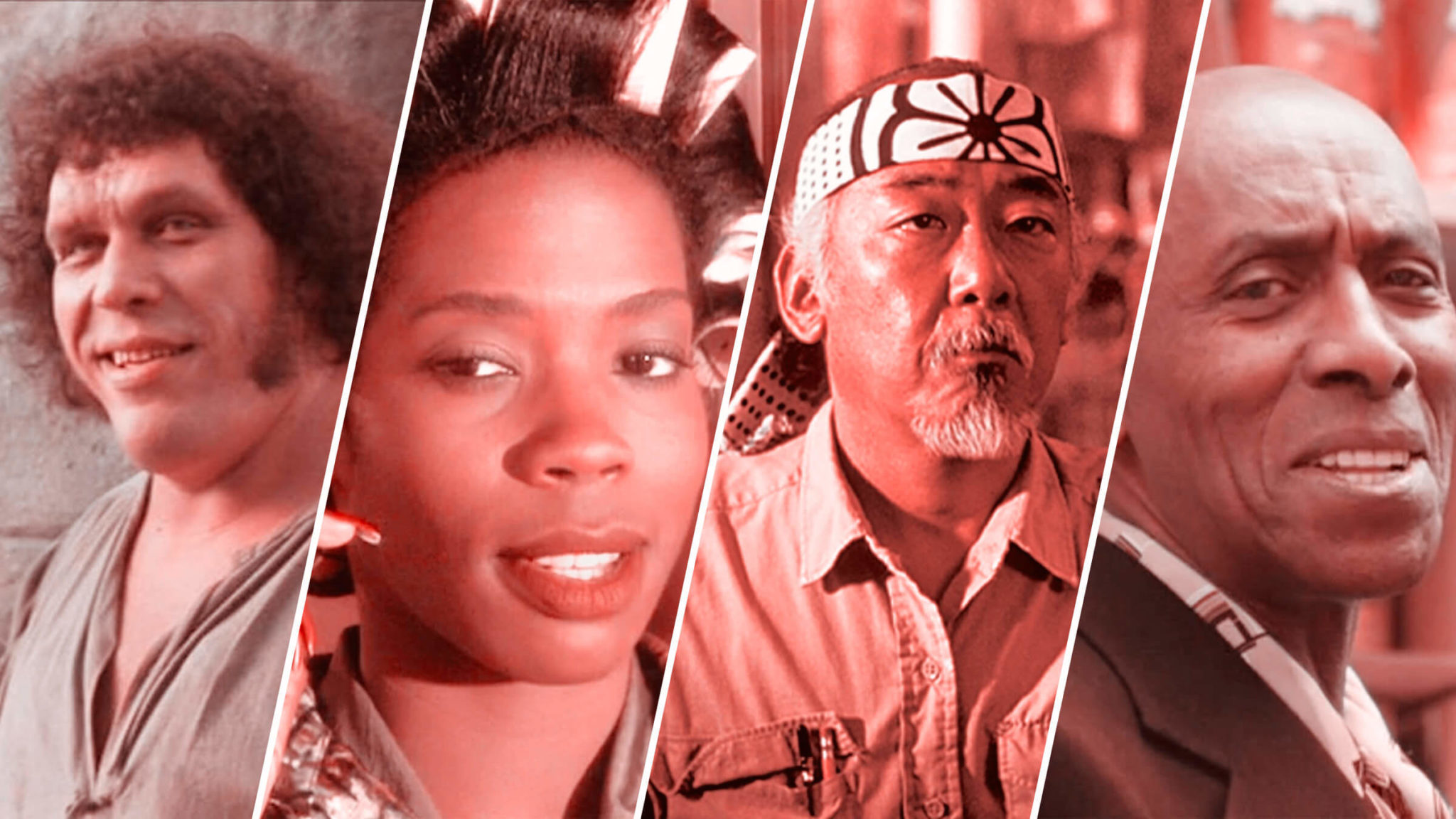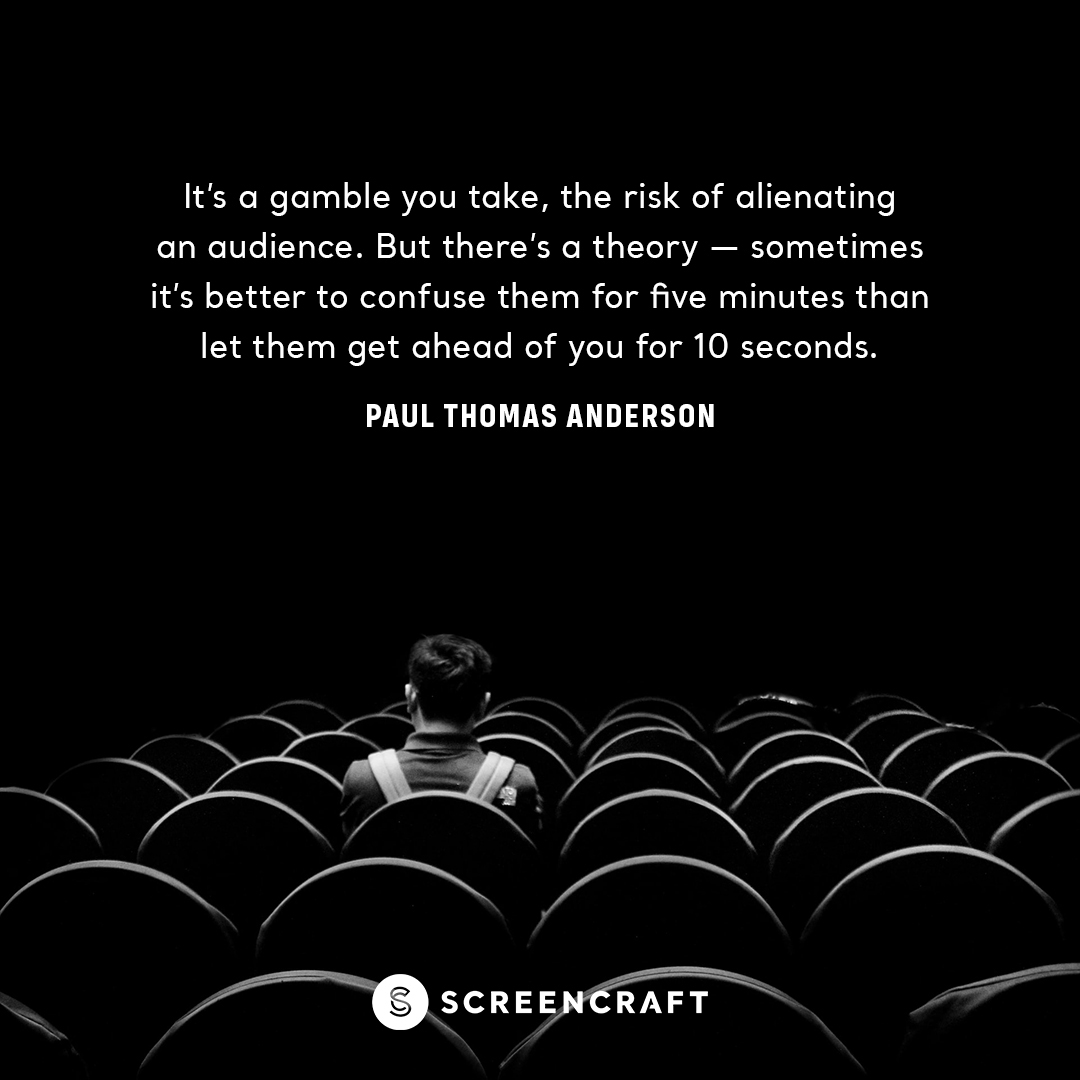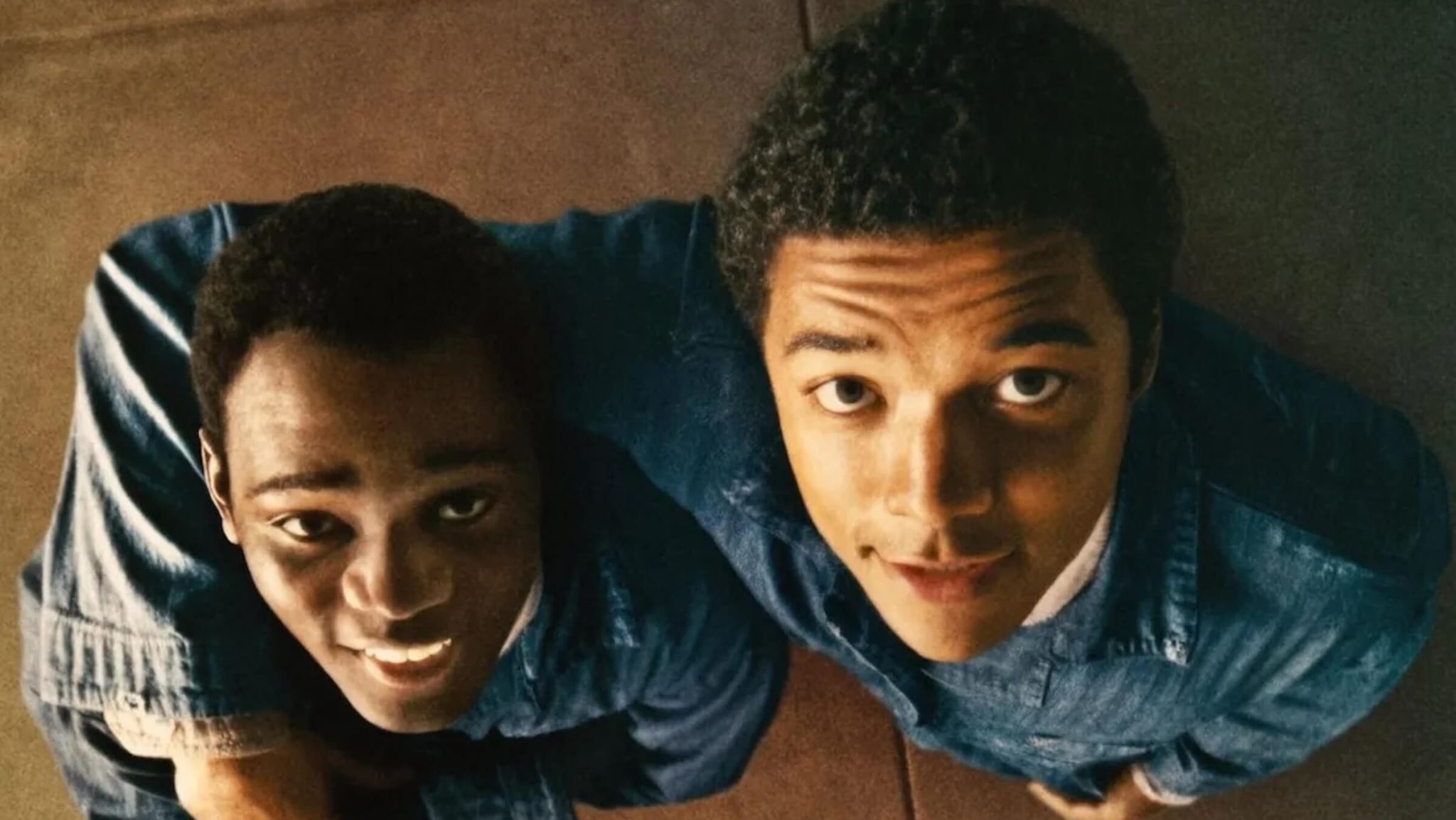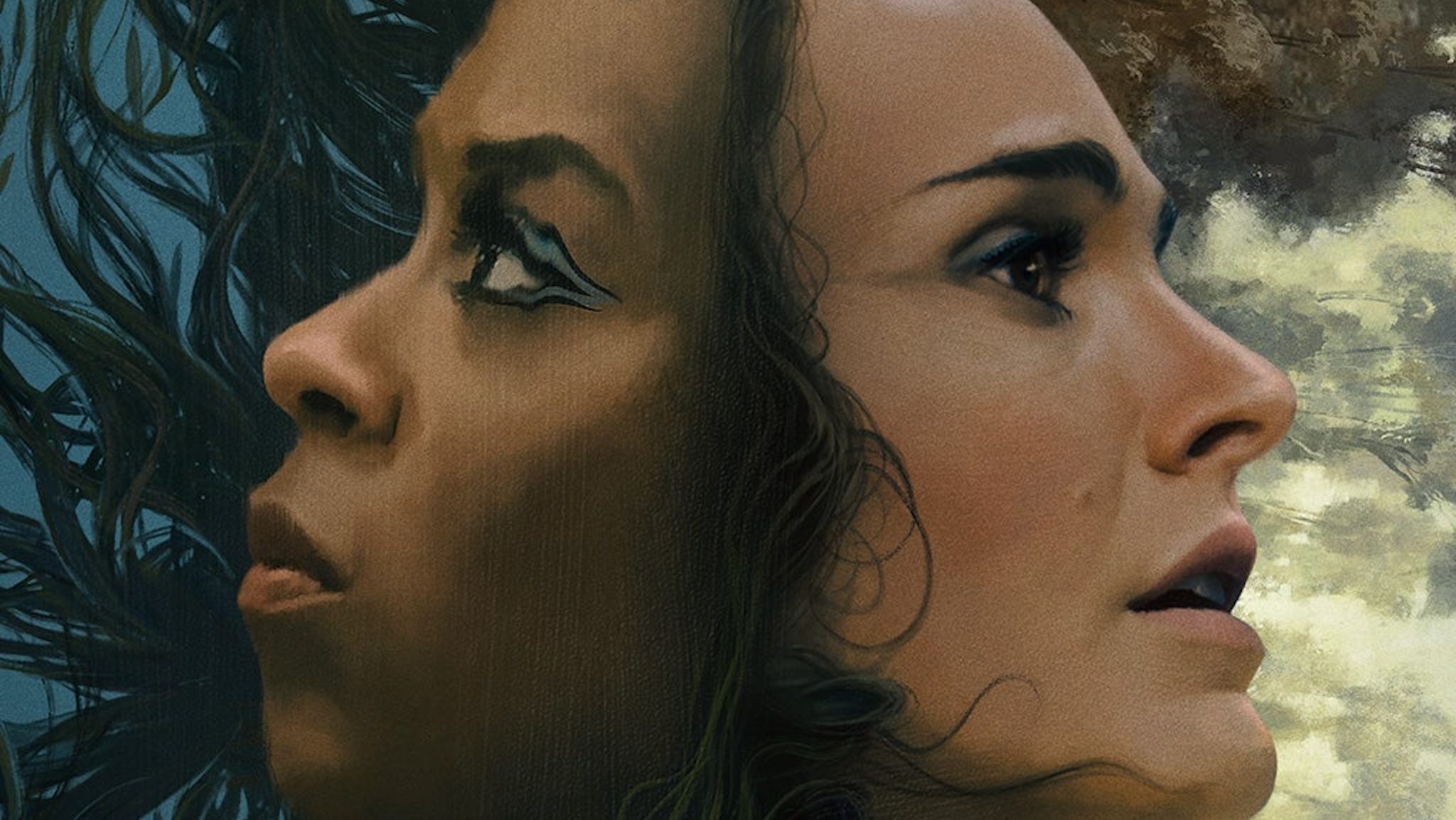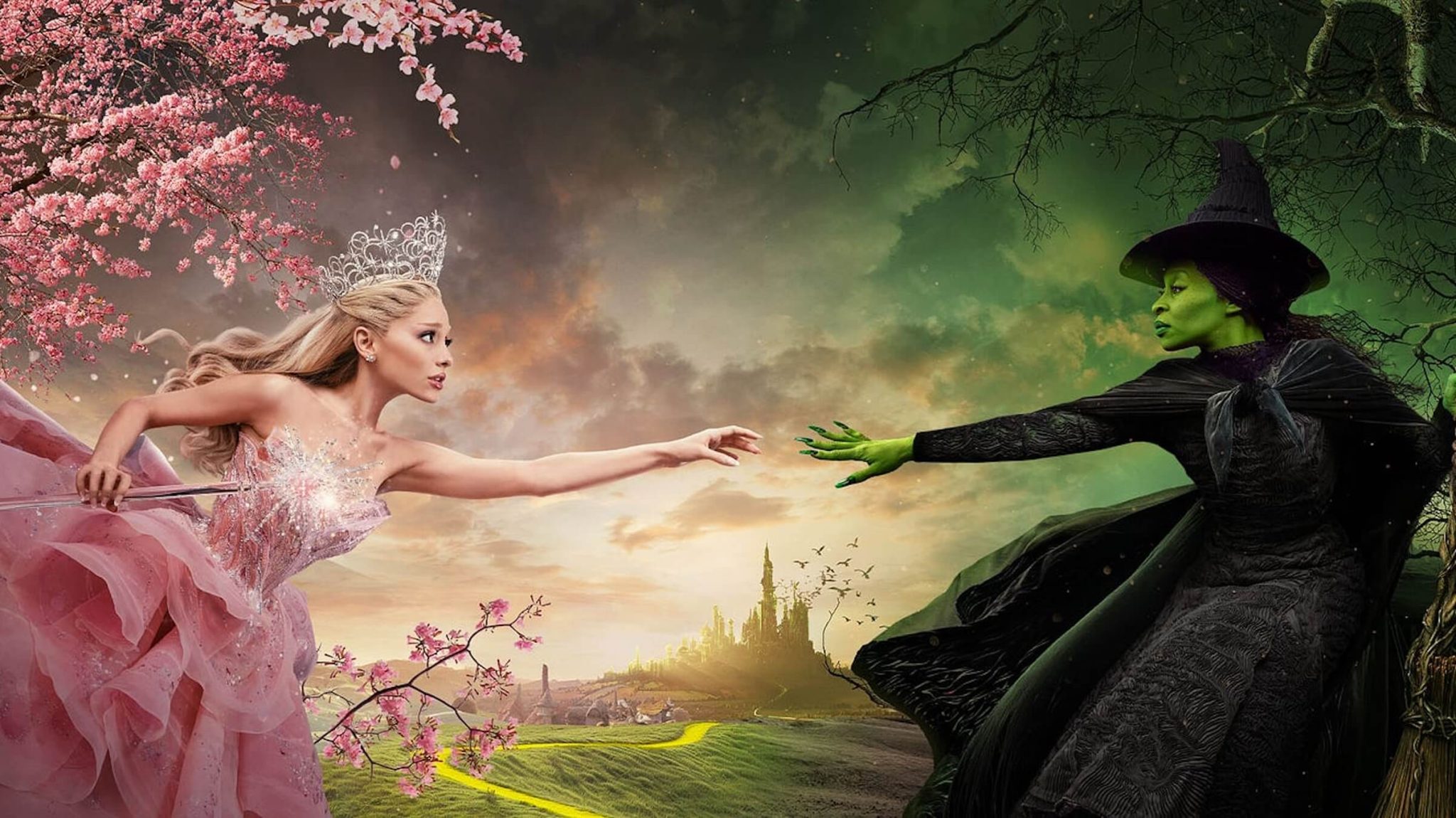'Brokeback Mountain' Co-Writer Diana Ossana on the Art of Adaptation
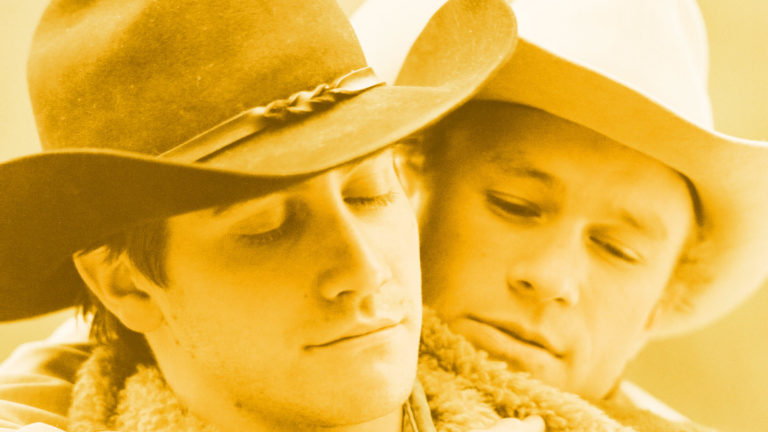
One of the screenwriting talents behind 2005’s heartbreaking emotional drama reveals the tips and tricks she used to bring Annie Proulx’s short story to the screen…
There’s an art to adaptation, and Diana Ossana can tell you all about it. The Missouri-born writer helped change the modern American movie landscape with 2005’s Brokeback Mountain, which she and close collaborator Larry McMurtry adapted from a short story by the novelist Annie Proulx. But bringing that story to screen, expanding it from a brief glimpse into the world of two lovelorn loners into a feature-length cinematic story, “wasn’t easy,” says Diana. “We definitely wanted to stay true to Annie’s wonderful story, but we had to build out that world and examine other parts of these characters’ lives for it to become a movie.”
Film and literature are two very different mediums – which is why many adaptations disappoint when they reach cinemas, losing something in translation from the page to the screen. So how did Diana and Larry manage to get it right, creating not just one of the best-loved adaptations of all time, but a movie that ushered in a new age of representation for LGBTQ+ couples in mainstream cinema? Here are a few tips and tricks Diana shared with me on a recent episode of my podcast Script Apart, supported by Screencraft…
Befriend the Characters on an Intimate Level
Diana talks about Brokeback Mountain’s two protagonists like dear friends she’s known her entire life. “Ennis (Heath Ledger) is so repressed,” she says. “In the scene when he goes into the gangway to wretch and punch the wall, he doesn't know why he's doing that. He's 19. He doesn't understand the feeling he's having. He was doing what he felt was expected of him. What society expected of him.”
Writing new scenes and story beats into Annie’s story without compromising or contradicting the original tale required knowing these characters as if they were real people. Diana and Larry had long discussions about what made Ennis and Jack (Jake Gyllenhall) tick, building complex psychological profiles of the pair that guided them in writing new scenes for the characters.
Use the Landscape Around Your Characters as a Window into Their Emotional State
In literature, you often find long passages delving into the mind of how a character is feeling. In film, unless you’re using a voiceover, that’s tricky. In their Brokeback Mountain adaptation, Diana, Larry, and director Ang Lee leaned on the beautiful, desolate scenery of the film to convey Jack and Ennis’s emotional states. “There are a lot of shots that act as a view into their loneliness,” says Diana.
The film is set in a 1960s America where homosexuality is taboo. As a result, these characters have no vocabulary for what they’re experiencing – their love for each other. When you’re writing non-communicative characters like Jack and Ennis, adding scenery descriptions to your script that conveys emotion can lend interiority to your characters in effective ways.
---
For more tips on the art of adaptation and plenty of moving stories from the making of modern romantic drama classics, listen to the full episode above.
 Al Horner is a London-based journalist, screenwriter and presenter. His work has appeared in The Guardian, Empire Magazine, GQ, BBC, Little White Lies, TIME Magazine and more.
Al Horner is a London-based journalist, screenwriter and presenter. His work has appeared in The Guardian, Empire Magazine, GQ, BBC, Little White Lies, TIME Magazine and more.
Get Our Screenwriting Newsletter!
Get weekly writing inspiration delivered to your inbox - including industry news, popular articles, and more!


